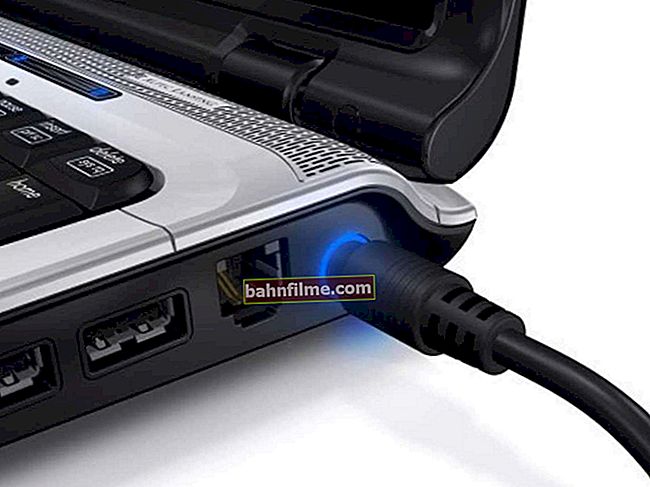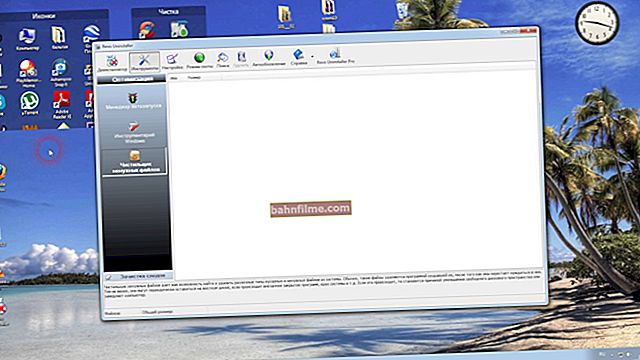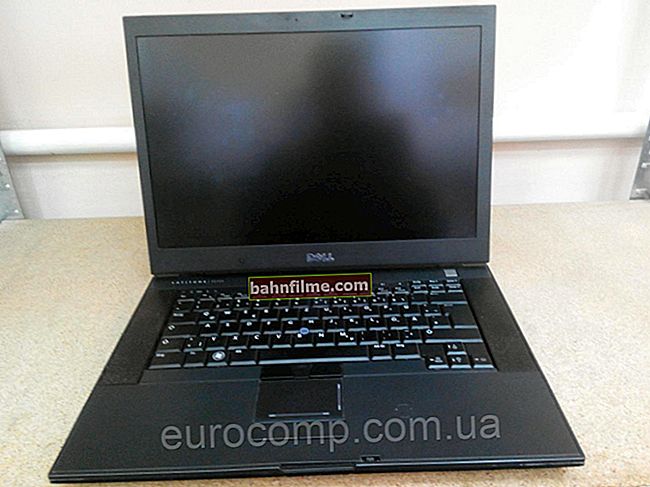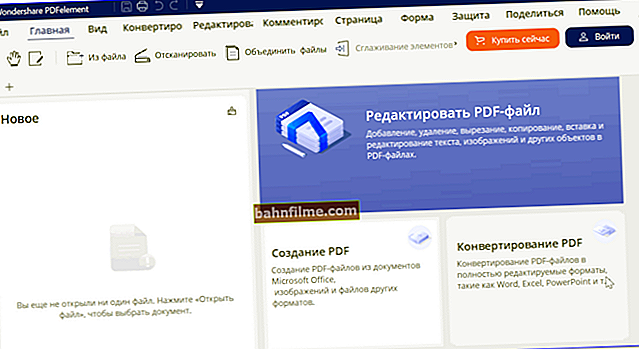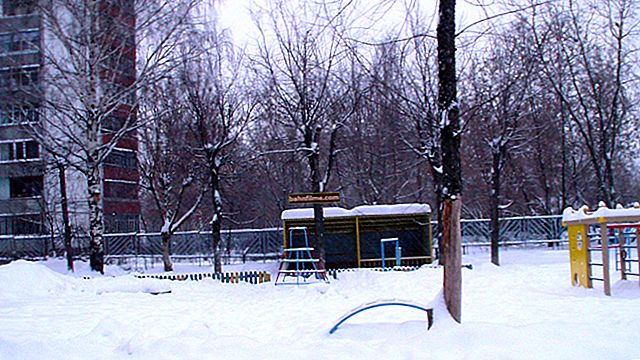 All good health!
All good health!
Many modern AMD Ryzen processors have an unlocked multiplier, making them fairly easy to overclock (even for novice users). It is relatively easy to get + 5 ÷ 15% to performance with just 2-3 mouse clicks!
Most often, overclocking is carried out through changing parameters in the BIOS / UEFI - however, in today's article I would like to propose a more universal way: through the AMD Ryzen Master utility directly from under Windows! 👌
And so, closer to the topic ...
👉 Important!
1) Overclocking can cause equipment failure!
2) Everything that you do according to the recommendations below - do at your own peril and risk!
3) CPU overclocking warranty does not apply.
*
Overclocking AMD CPUs or How to Use AMD Ryzen Master
STEP 1
First, we need to download and install the Ryzen Master utility (link to official site; can also be downloaded from here).
Please note that administrator rights (ские) are required to use Ryzen Master.

Ryzen Master Launch
After launching the utility: the first thing you will see is a warning and a risk reminder. If you agree with them - click OK, after a few more. seconds, the main program window will appear in front of you (see screenshots below).

A warning
*
STEP 2
Before starting overclocking, I think you should briefly decipher the main indicators that are displayed on the panel (see the arrow in the screenshot below):
- Temperature - shows the CPU temperature (and the maximum limit for it);
- Peak Speed - current CPU frequency (in MHz);
- PPT - power consumption by the processor socket (in% of the maximum possible resources of your hardware);
- TDC - current strength (in% of the maximum possible);
- EDC - max. current value (short period).

Ryzen Master Interface - Indicators
Based on the above, take a close look at the values of the pair of indicators:
- temperature: if it is idle above 60 degrees (or close to this), then there is no point in overclocking the CPU (first install a better cooling system (it is better to replace the boxed cooler with at least something like a tower from "Deepcol .. . "));
- evaluate PPT: if the arrow of the indicator is more than a good half, you should think about a more powerful power supply unit (mat. board?);
- and in general, ideally, with a weak load on the PC - not a single indicator should go into the "yellow" zone (and even more so in the red).
*
STEP 3
Moving on to the main thing ...
👉 By the way!
In my example, I did not use any critical parameters for overclocking, and only increased the frequency of the CPU cores by ~ 8% (which I recommend to you).
And so, to begin with, go to one of the profiles (for example, "profile 2"), and switch the control to the "Manual" mode (ie, independent control).
Next, you can base the frequency, which is set in the section "Cores Section", increase for each core. For the first time, I recommend not to increase more than 5-8% (for example, if the base is 3500 MHz, then start increasing from 3650 MHz (better less, but more stable!)).
As for the voltage (Voltage Control) - Ryzen of the second or third generation work stably at a voltage of 1.25-1.4 Volts (it is recommended to increase from 1.25 in small steps to 1.4). It is not recommended to use more than 1.4! By the way, the voltage depends on your CPU model (if you don't know the optimal values for your CPU, don't start overclocking!).
After, click on the button "Apply & Test" .
In my example, I increased my 3700 to 4050 MHz.

Ryzen Master Tuning - CPU Overclocking
The test should start - carefully look at all the indicators: none of them should go into the red zone (if this happens, stop the test and reduce the overclocking parameters, and then start the test again). Frequency increase step - no more than 50 MHz.

View metrics
Overclocking, in fact, it is the search for the most max. values of frequency and voltage at which a particular CPU will work correctly (at its maximum performance).This can only be determined experimentally by changing the values and conducting tests.
By the way, in addition to the Ryzen Master utility, it is very convenient to use 👉 HWMONITOR.

Frequency value // HWMonitor
*
👉 Remark 1!
Ryzen Master Utility does not save settings after PC restart. It allows you to overclock and test hardware parameters only, which is called "online" (ie, when it is active and running).
Nevertheless, once you configure the profile and save it, you can quickly raise performance (by running the utility) if you want to play something "powerful" ...
*
👉 Remark 2!
If something does not work for you in the utility or does not work (for example, it crashes or the PC goes into reboot) - pay attention to the motherboard. Models of motherboards with A320 chipsets are not suitable for overclocking (but AMD B350, AMD B450, AMD X370, etc. are quite good at "chasing").
Also take a look at your CPU power settings (👉 in the Windows control panel). Checkso that the power plan is at high performance and the CPU state is at max. - i.e. 100%! (see examples on screenshots below 👇).

High performance

Maxim. CPU health - 100%
*
Additions on the topic - will come in handy!
Good luck!
👋

